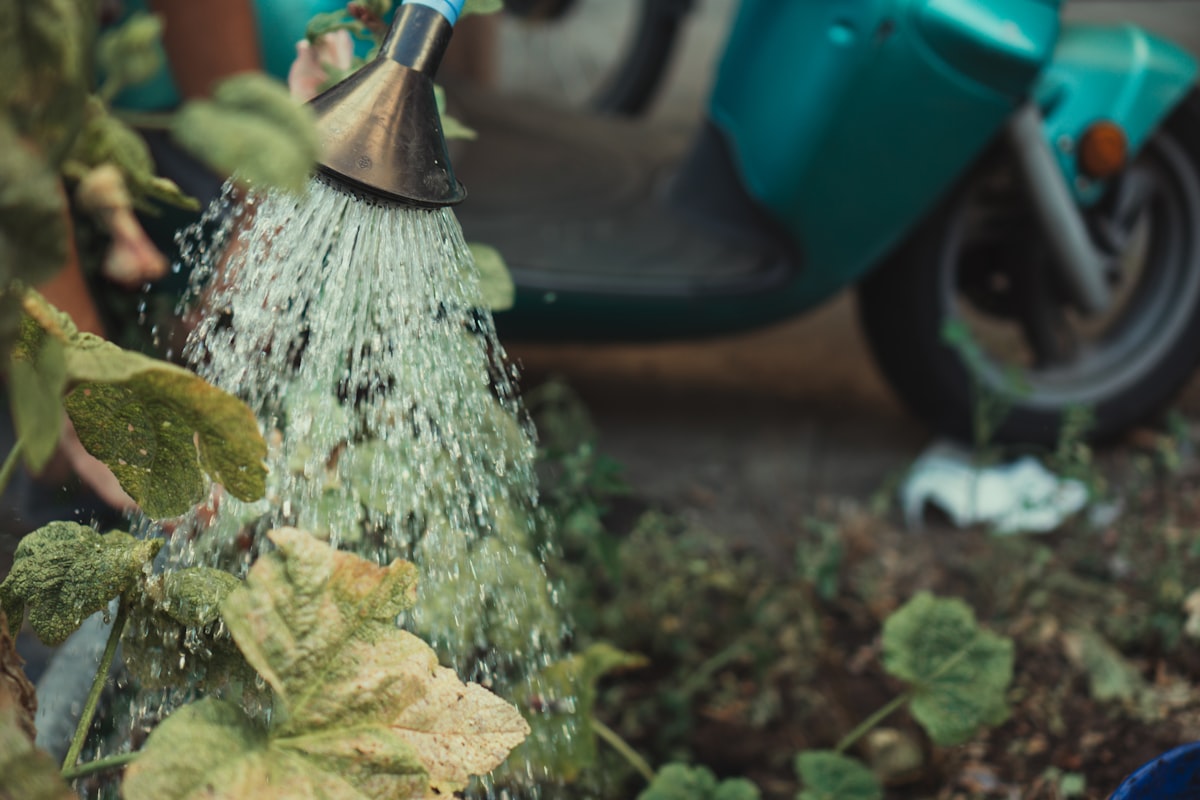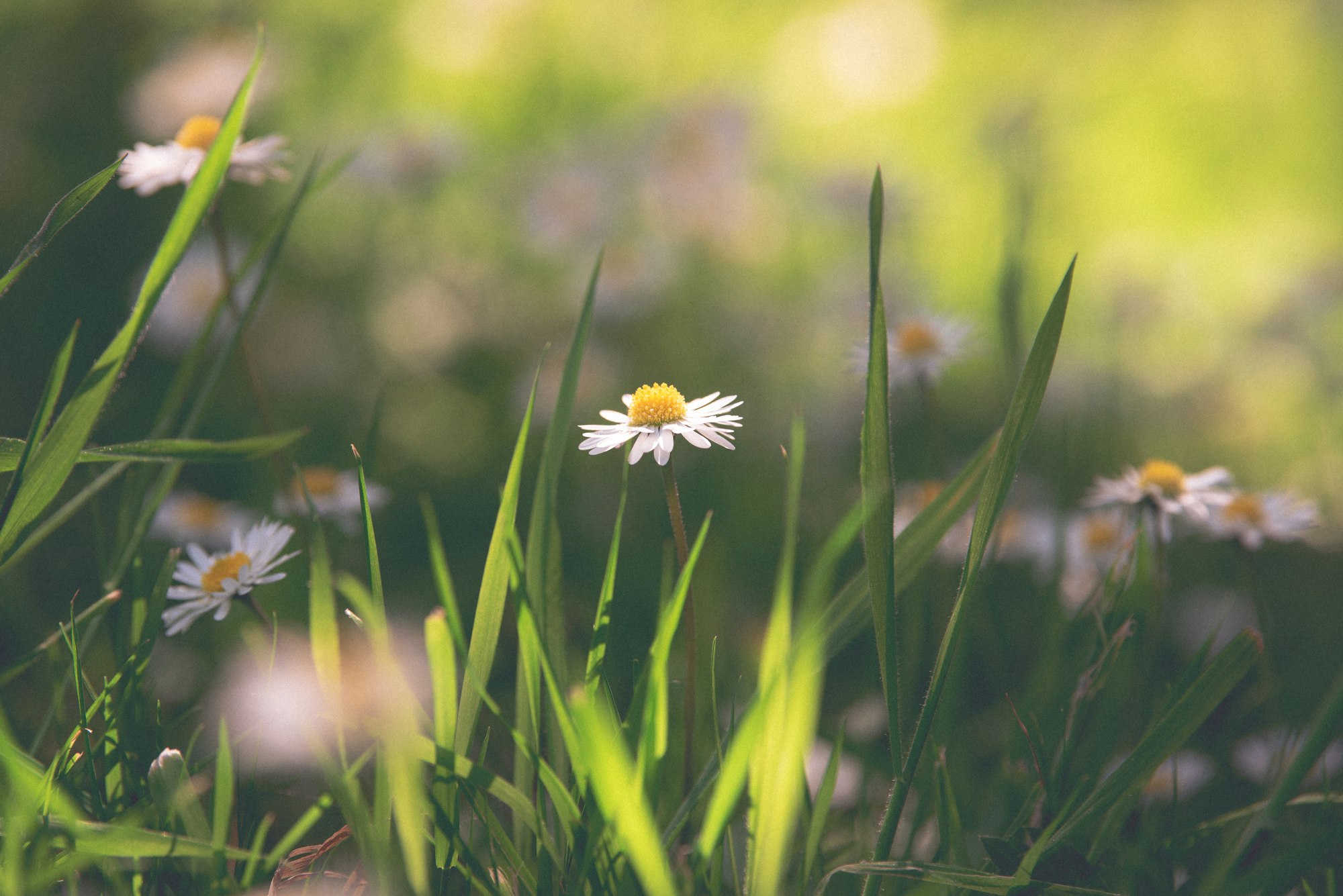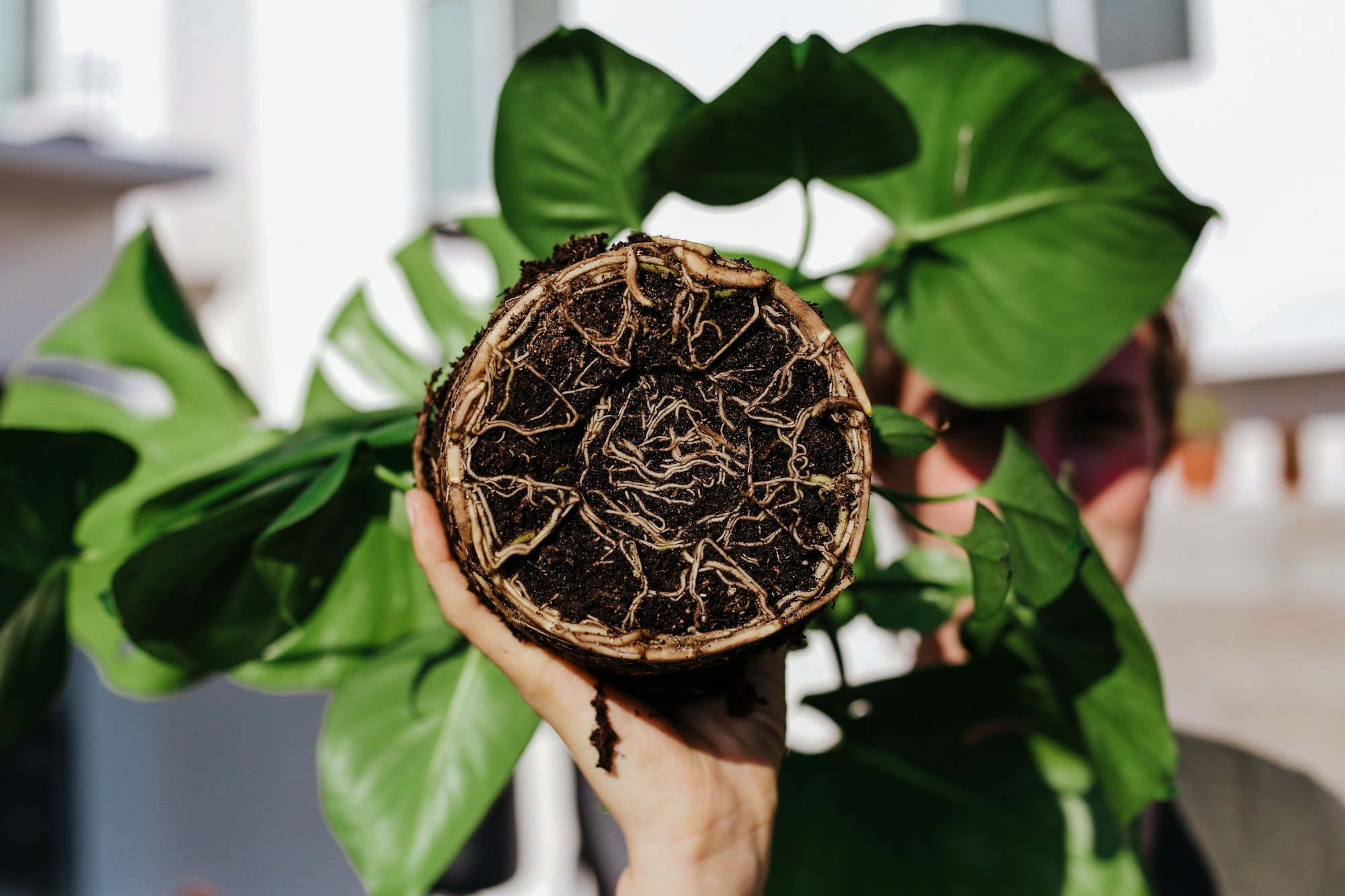Plant Watering 101
Striking the right balance between drowning and starving your plants can sometimes be challenging, but understanding the basics will set you on the right path.

Watering your plants correctly is crucial for their health and overall well-being. This guide teaches you how to properly hydrate your plants without causing damage or stress.
It's essential to pay attention to the specific needs of your plants, as they can vary depending on the type, size, and environment.
Factors such as soil type, humidity, temperature, and light all play a role in determining how much water your plants need.
With a bit of observation and practice, you'll be able to discern the perfect watering routine for your green friends.
To avoid drowning or starving your plants, knowing when to water them and how much water to provide is essential.
The finger test is a simple way to check if your plants need water – stick your finger about an inch into the soil and see if it feels dry or damp.

Understanding Plant Needs
Each type of plant has unique watering needs based on various factors, including light, soil, and root systems.
Identifying your plant's specific requirements is essential to establish an appropriate watering routine.
Consider the following aspects to help ensure your plant gets the right balance of moisture and oxygen.
First, consider the lighting conditions your plant is exposed to, as sunlight and artificial sources can significantly impact its watering needs.
For instance, a plant in full sun typically requires more frequent watering than one placed farther from a window in an air-conditioned room.
On the other hand, plants with lower light requirements may need less regular watering to prevent root rot.

Lastly, consider your plant's root system and soil type. A more extensive root system requires more water than a smaller one.
At the same time, soil that retains moisture will necessitate less frequent watering.
Regardless of the plant type, water thoroughly and evenly to cover the entire root zone, encouraging balanced growth and a healthy structure.
By understanding these fundamental factors, you'll be well-equipped to meet your plant's watering needs without over- or under-watering.
Recognizing Overwatering and Under-Watering Signs
To detect overwatering, look for yellowing leaves and wilting despite wet soil. You may also notice brown tips on the leaves, indicating excessive moisture.
Another sign of overwatering is stagnant water or a strong, musty odor, which can signify root rot.
On the other hand, under-watering leads to dry, crispy leaves and wilted plant stems.
Check your soil: if it feels dry up to a few inches down, your plant will likely need more water. Slow growth and falling leaves are common symptoms of insufficient hydration as well.
Acting on these signs is crucial to maintaining healthy plants.
Adjust your watering schedule accordingly and be attentive to changes in your plants' appearance to ensure a thriving indoor or outdoor garden.

Preventing Watering Pitfalls
To prevent drowning or starving your plants, it's essential to ensure proper drainage.
Choosing a planter with drainage holes allows excess water to escape, preventing the soil from becoming oversaturated. This helps maintain a healthy moisture balance so the roots can receive oxygen and avoid rotting.
Be mindful of the specific needs of the plant type you are growing. Some plants require more water, while others need less.
Monitor the soil's moisture level by feeling the soil an inch beneath the surface; if it's still moist, it may be unnecessary to water at that time.
Adjust your watering schedule according to the plant's needs and the environment.
Position your plants in an area that optimizes their growth and water retention.
Factors such as sunlight, temperature, and humidity can all affect the rate at which your plant consumes water.
Providing the right conditions for your plant can prevent watering issues and help ensure its healthy growth. Remember that consistency is key to keeping the base of the plant happy and thriving.
Watering Techniques and Schedules
When watering your plants, choosing the correct technique can significantly impact their health and growth.
A combination of top and bottom watering methods proves effective for most plants. Top watering is the traditional way of watering your plants from above.
In contrast, bottom watering involves filling a tray with water and allowing the plant to absorb the water through its roots.
Developing a consistent watering schedule is essential for your plants' success.
Always check the soil moisture to avoid overwatering, and only water when the top 1 to 2 inches feel dry to the touch.
Consider using a water timer to ensure regular watering intervals, reducing the chances of underwatering or overwatering your plants.
Tailor your watering technique and schedule according to your plant's unique needs.
Frequent, shallow watering may benefit certain plants, while others require less regular, deeper watering.
Remember that different plants have different water requirements; temperature, humidity, and plant maturity can impact how often you need to water them.
Always be attentive to your plant's specific needs and adjust your watering practices accordingly.
Considering Plant Types
Houseplants
When caring for houseplants, it's crucial to understand their specific watering requirements.
Factors like potting media, temperature, and humidity can influence how often your indoor plants need watering.
For example, snake plants are incredibly drought-tolerant and don't need much water.
Use pots with drainage holes to prevent overwatering and root rot, as stagnant water can suffocate plant roots.
If you're using tap water for indoor plants, let it sit for a day to allow the chemicals to dissipate to avoid harming your plants.
Outdoor Plants
Outdoor plants, including container plants, perennials, and newly planted trees, also require different watering techniques depending on their specific needs.
Sunlight, rainwater, and seasonal changes can all affect how much water your outdoor plants require.
Newly planted trees need more frequent watering than established ones, as their roots are still developing.
Monitor the amount of rainwater your outdoor plants receive and adjust your watering schedule.
For seeds and outdoor container plants, ensure the soil remains consistently moist but not overly wet or dry.
Using a sink or basin to water outdoor plants from the bottom allows them to slowly soak up water through the soil.
The Role of Soil in Watering
First and foremost, you should understand the importance of soil type in watering your plants.
The three main soil types are sand, silt, and clay; each has water retention properties and impacts how often and how much you need to water your plants.
Sandy soils drain quickly, requiring more frequent watering; clay soils hold moisture longer, meaning less regular watering is required.
Consider checking the soil moisture to determine if it's time to water your plants.
You can do this by digging into the soil with a trowel or finger, about an inch or two deep, and feeling if it's dry.
Be sure to examine the root ball of your plant before planting, and ensure it's not dry.
Lastly, incorporating mulching into your plant care routine can help regulate soil moisture.
Mulch can slow evaporation, improve water penetration, and even prevent soil from compacting.
Applying a 2-4-inch layer of mulch around the plant can create a protective barrier, effectively reducing the need for excessive watering.
Common Watering Problems and Solutions
Watering plants may seem simple, but several issues can arise and harm your plants if not addressed.
Here, we will discuss common watering problems and solutions to help your fungal diseases, thirsty plants, new plants, drought-tolerant plants, seedlings, and ornamentals thrive.
Overwatering is a common issue that can lead to root rot and fungal diseases. To combat this, allow the soil to dry out slightly between waterings, especially for drought-tolerant plants.
Conversely, underwatering can cause wilting, drooping, and brown leaf tips, so monitoring soil moisture regularly and water when necessary, especially for thirsty plants and seedlings, is essential.
Placement and environmental factors also play a role in proper watering.
If your plants are growing spindly, weak stems towards a light source, this can indicate they are not getting enough light.
Move them closer to a window or a brighter location.
Additionally, when introducing new plants or transplanting ornamentals, ensure the area has adequate drainage to prevent overwatering and encourage strong root growth.
Conclusion
Watering your plants correctly is crucial in maintaining their health and longevity.
Finding the balance between adequate hydration and not drowning them is essential. Remember, each plant is different and requires attention specific to its needs.
To prevent overwatering, always use the finger test to check soil moisture.
Additionally, consider the specific needs of your plants, such as their preference for soil type and light conditions.
You can keep your garden flourishing by paying closer attention to your plants' demands and monitoring your watering habits.
Frequently Asked Questions
How often should I water my plants?
The frequency of watering your plants depends on factors such as the type of plant, its location, and the environment. Generally, you should monitor the top inch of soil for dryness and water when it feels dry to the touch. Keeping a watering schedule is helpful for consistency.
What are the signs of overwatering and underwatering?
Overwatered plants often have yellowing leaves, wilting, and root rot. Underwatered plants display drooping leaves, dry soil, and slow growth. Regularly checking your plants for these symptoms can help maintain their health.
Why should tap water sit before using it?
Letting tap water sit allows chlorine and other chemicals to evaporate, making it safer for your plants. It also ensures the water reaches room temperature, which is better for plant absorption.
Can excessive water cause harm to plants?
Excessive water can cause root rot, nutrient imbalances, and even kill the plant. To avoid overwatering, ensure proper drainage and water your plants thoughtfully.
How long does it take for plants to recover from overwatering?
The recovery time depends on the plant type and the extent of damage. Once you correct the watering issue and remove affected leaves, most plants begin showing signs of recovery within a few days to several weeks.
What is the best irrigation method for proper watering?
The best irrigation method varies based on the type of plant and its environment. Drip irrigation and soaker hoses are practical for outdoor gardens, while bottom watering works well for indoor plants. Research the specific needs of your plants for the best results.


